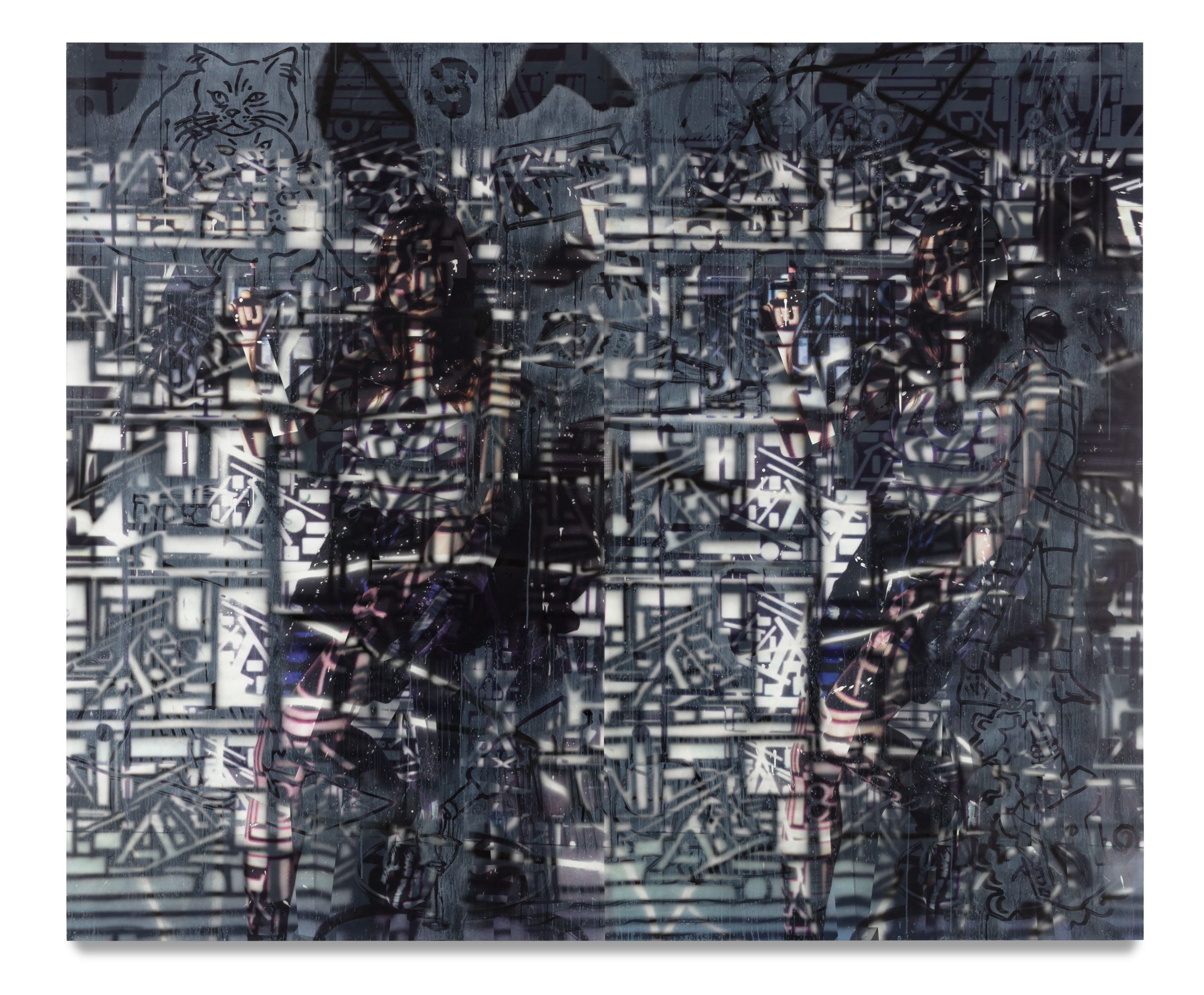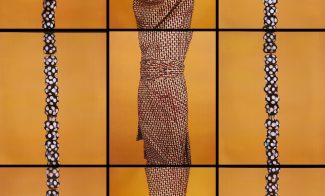One of the foremost painters of her generation, New York-based Avery Singer (Born 1987 in New York) investigates the visual relationships between the digital and the analog in her complex, large-scale paintings. Singer believes that “the main goal of an artist is to test, explore, and go beyond the existing boundaries” of one’s medium. To accomplish this, she begins each painting with a three-dimensional architectural rendering of her subject matter using the program SketchUp, which allows the artist to experiment with perspective and planar relationships. Singer then transfers these drawings by hand onto her canvas via projection and applies paint with an airbrush, using paper stencils to layer tints and tones. In 2018, Singer began using an Art Robo, a computer-controlled robot most commonly used in the transport industry to apply paint to trucks and aircrafts. With these inventive techniques, Singer foregrounds her own interest in digital and internet cultures and technologies, and she achieves highly layered and crisp compositions that recall numerous art historical languages, including the angular forms of cubism and the mechanomorphic approach of constructivism.
In Technique, Singer presents a doubled self-portrait within a dynamic play of light, shadow, and pattern. Both figures appear encased and abstracted within and between geometric grayscale forms, while also being the surface onto which the abstracted shapes are projected. This complex shadow play demonstrates the artist’s close attention to the diffusion of her airbrushed paint, articulation of spatial relationships, and the graphic flatness to her intricate technique, building moments of density across her canvas, marking boundaries between forms and colors as well as confusing such distinctions. Altogether, Singer’s technique effectively blurs painterly grounds and generates a distinctive sense of depth and space through her singular union of digital and analog technologies.

